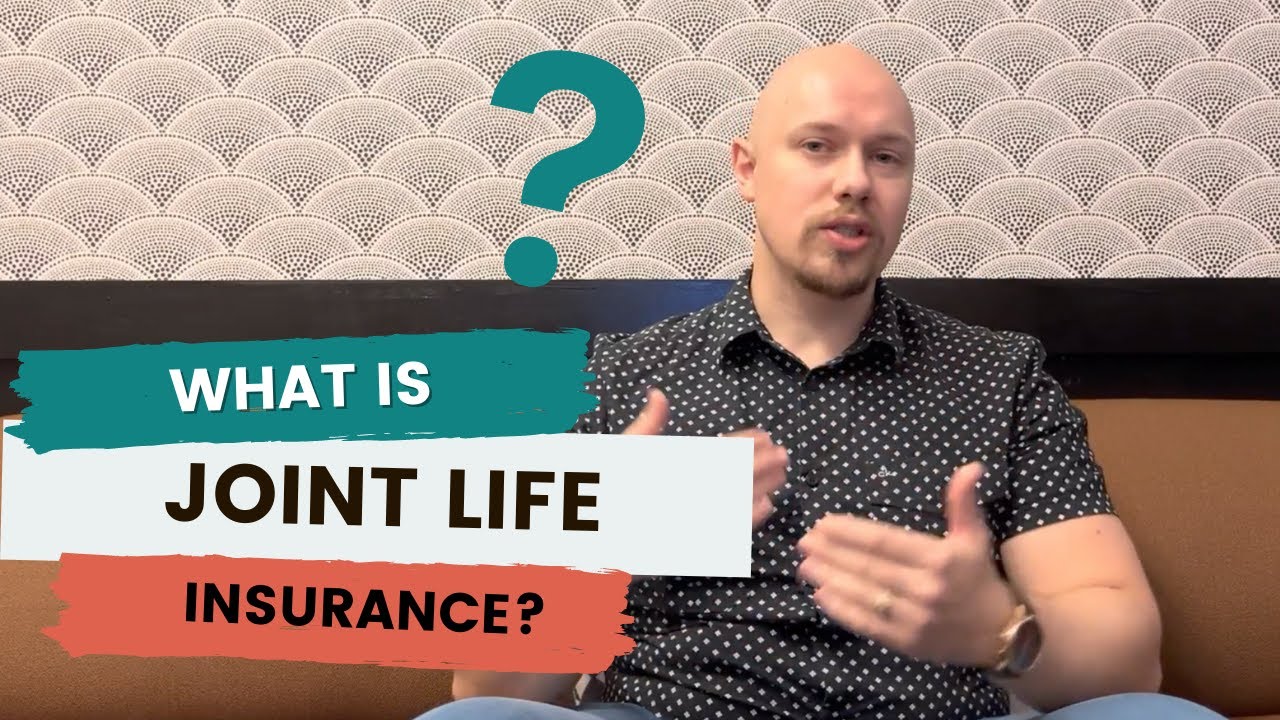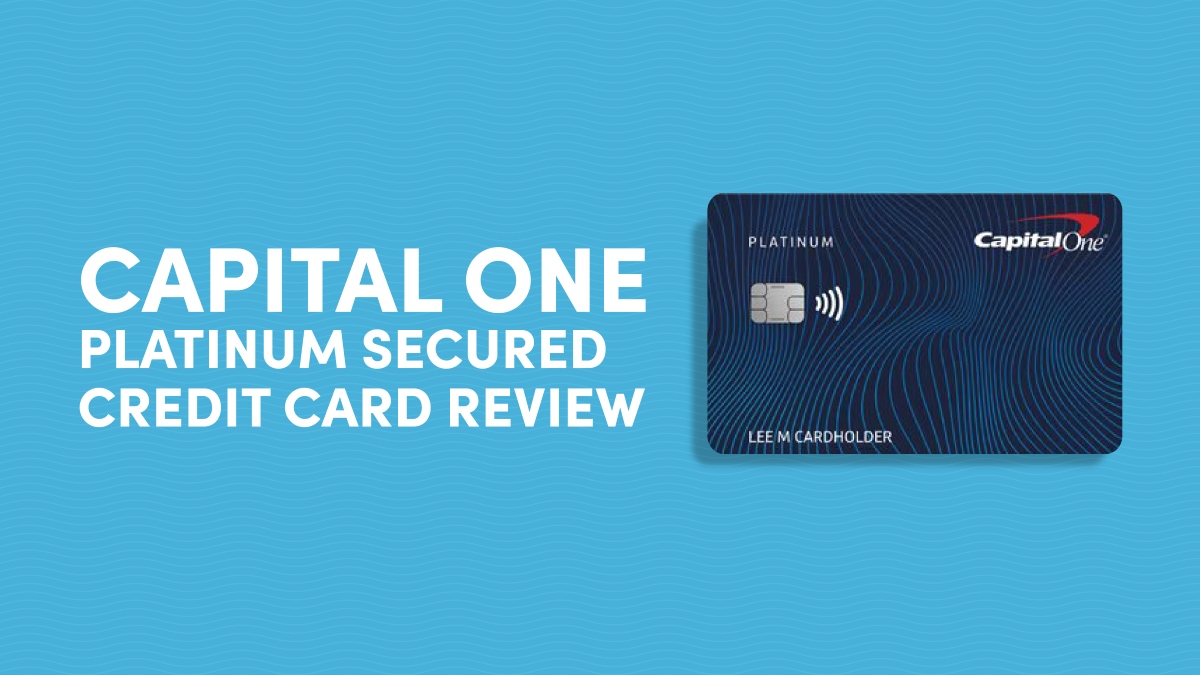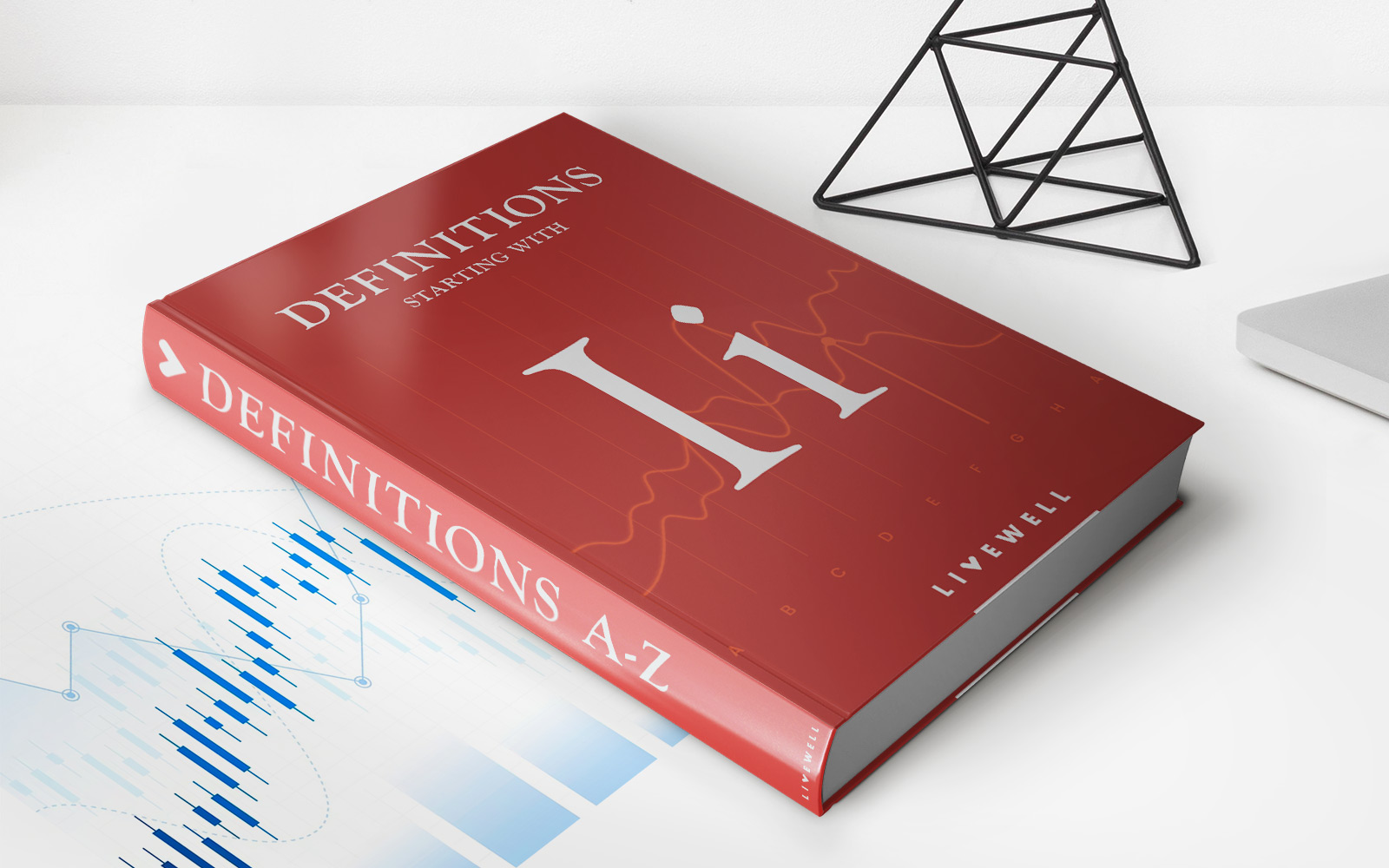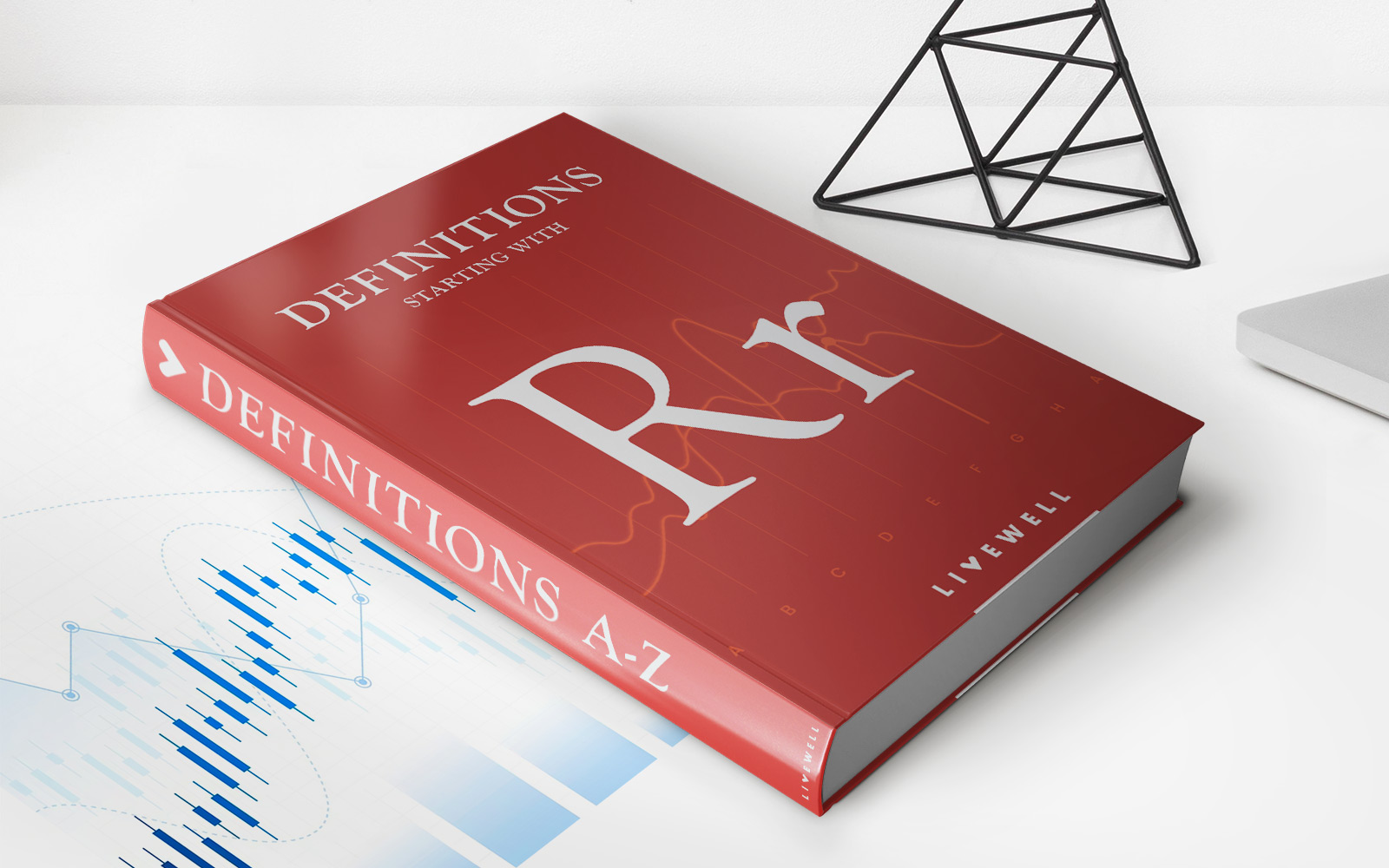Home>Finance>At What Point Does A Whole Life Insurance Policy Endow


Finance
At What Point Does A Whole Life Insurance Policy Endow
Published: October 15, 2023
Learn about when a whole life insurance policy reaches endowment and how it can impact your financial plans. Find answers in our comprehensive finance guide.
(Many of the links in this article redirect to a specific reviewed product. Your purchase of these products through affiliate links helps to generate commission for LiveWell, at no extra cost. Learn more)
Table of Contents
Introduction
When it comes to financial planning, one of the key considerations is ensuring the well-being and financial security of loved ones in the event of an unfortunate occurrence. That’s where life insurance comes into play. Among the various types of life insurance available, Whole Life Insurance stands out as a comprehensive and long-term coverage option that provides both protection and investment benefits.
Whole Life Insurance is a type of permanent life insurance that offers coverage for the entirety of a policyholder’s life. Unlike term life insurance, which provides coverage for a specific period, whole life insurance has no expiration date as long as the policy’s premiums are paid up. This makes it an attractive option for those seeking lifelong financial protection and the potential for accumulating cash value over time.
In this article, we will explore the concept of whole life insurance and delve into the intriguing question of when a whole life insurance policy endows. We will discuss the mechanics of how whole life insurance works, the accumulation of cash value within the policy, and the factors that determine the point of endowment. Additionally, we will examine the benefits and considerations associated with an endowment life insurance policy.
Whether you are considering whole life insurance for yourself or simply curious about how it functions, understanding the endowment point is essential in evaluating the long-term value and benefits of this unique type of life insurance. So, let’s explore the intricacies of whole life insurance and discover when a policy finally endows.
Definition of Whole Life Insurance
Whole Life Insurance is a type of permanent life insurance that provides coverage for a policyholder’s entire lifetime, as long as the policy premiums are paid. Unlike term life insurance, which only offers coverage for a specified period, whole life insurance offers lifelong protection and has no expiration date.
One of the key features of whole life insurance is its ability to accumulate cash value over time. A portion of the premium paid goes towards the insurance coverage, while the remaining amount is invested by the insurance company. This investment component allows the policy to build cash value that grows over the life of the policy. Policyholders have the option to access this cash value through policy loans or withdrawals, providing them with a potential source of funds for various financial needs.
Whole life insurance policies typically have a fixed premium, meaning the premium amount remains the same throughout the life of the policy. This provides policyholders with stability and predictability when it comes to budgeting for insurance expenses. Additionally, whole life insurance policies often come with a death benefit, which is the payout amount given to the beneficiary upon the death of the policyholder.
Furthermore, whole life insurance policies can offer additional riders or options for customization. These riders can include provisions for accelerated death benefits, which allow policyholders to access a portion of the death benefit if they are diagnosed with a terminal illness. Other riders may include provisions for guaranteed insurability, which allow policyholders to purchase additional coverage without the need for further medical underwriting.
In summary, whole life insurance offers lifelong coverage, builds cash value over time, provides a fixed premium, and may offer additional riders for customization. It is a comprehensive form of insurance that combines protection and investment benefits, making it an attractive option for individuals seeking long-term financial security.
How Does Whole Life Insurance Work?
Whole life insurance operates on the principle of lifelong coverage and the accumulation of cash value over time. Here’s a breakdown of how it works:
- Premium Payments: Policyholders are required to pay regular premiums to keep their whole life insurance policy active. These premiums are typically fixed and remain the same throughout the life of the policy. The premium amount is determined based on various factors such as age, health, and coverage amount.
- Insurance Coverage: In exchange for the premium payments, the insurance company provides a death benefit, which is the payout amount given to the beneficiary upon the death of the policyholder. The death benefit is typically tax-free and can help provide financial protection to the policyholder’s loved ones.
- Cash Value Accumulation: A portion of the premium paid goes towards building cash value within the policy. The insurance company invests this portion in various financial instruments, such as bonds or stocks. Over time, the cash value grows, providing the policyholder with a potential asset that can be accessed during their lifetime.
- Accessing Cash Value: Policyholders have the option to access the accumulated cash value through policy loans or withdrawals. Policy loans allow the policyholder to borrow against the cash value while keeping the policy active. However, any outstanding loan amount, including interest, is deducted from the death benefit if not repaid. Withdrawals, on the other hand, allow the policyholder to withdraw a portion of the cash value, but may reduce the death benefit if not repaid.
- Dividends (Optional): Some whole life insurance policies may pay dividends to policyholders. Dividends are a share of the insurance company’s profits and are not guaranteed. Policyholders can choose to receive dividends in cash, use them to reduce premiums, or reinvest them to increase the cash value and death benefit.
- Lifetime Coverage: Whole life insurance provides coverage for the entirety of the policyholder’s life, as long as the premiums are paid. Unlike term life insurance, which has a fixed duration, whole life insurance offers peace of mind that loved ones will be financially protected regardless of when the insured passes away.
By combining lifelong coverage, cash value accumulation, and the potential for dividends, whole life insurance offers a unique and comprehensive solution for individuals looking to secure their financial future while also building additional value over time.
Accumulating Cash Value
One of the distinguishing features of whole life insurance is its ability to accumulate cash value over time. The cash value serves as an additional asset within the policy that policyholders can access during their lifetime. Here’s how the cash value of a whole life insurance policy accumulates:
Each premium payment made towards a whole life insurance policy is divided into two components: the cost of insurance and the savings portion. The cost of insurance covers the death benefit provided by the policy, while the savings portion is invested by the insurance company on behalf of the policyholder.
As the savings portion of the premium is invested, it has the potential to grow over time. The insurance company typically invests the funds in a diversified portfolio of assets, such as bonds, stocks, or other financial instruments. The returns on these investments contribute to the growth of the cash value.
The cash value accumulation in a whole life insurance policy follows a predetermined schedule set by the insurance company. The accumulation rate is often influenced by various factors, including market performance and the policy’s terms and conditions.
Policyholders have the option to access the accumulated cash value in a few different ways:
- Policy Loans: Policyholders can borrow against the cash value of their policy by taking out a policy loan. The loan amount is collateralized by the cash value and accrues interest over time. Policy loans can be a convenient source of funds for various purposes, such as financing education, purchasing a home, or covering unexpected expenses. It’s important to note that any outstanding loan amount (including interest) is deducted from the policy’s death benefit if not repaid.
- Withdrawals: Policyholders can also make partial withdrawals from the cash value of their whole life insurance policy. These withdrawals reduce the cash value and may impact the overall death benefit if not repaid. However, unlike policy loans, withdrawals do not accrue interest and do not require repayment.
- Policy Surrender: In some cases, policyholders may choose to surrender their whole life insurance policy entirely. By doing so, they receive the current cash value of the policy, minus any applicable surrender charges. Surrendering the policy terminates the coverage and forfeits the death benefit.
- Dividends: Depending on the insurance company and policy terms, whole life insurance policies may also pay dividends to policyholders. Dividends are a share of the insurance company’s profits and are not guaranteed. Policyholders can choose to receive dividends in cash, use them to reduce premiums, or reinvest them to increase the cash value and death benefit.
It’s important to note that any withdrawals, loans, or surrendered policies may have tax implications. It is advisable to consult with a financial advisor or tax professional before making any significant financial decisions regarding the cash value of a whole life insurance policy.
Overall, the ability to accumulate cash value provides added flexibility and potential financial benefits to whole life insurance policyholders. It allows individuals to leverage their policy as a valuable asset, providing a cushion for future financial needs or opportunities.
The Point of Endowment
The point of endowment in a whole life insurance policy refers to the specific age or policy duration at which the policy’s cash value equals the death benefit. This marks a significant milestone for policyholders, as it signifies that the policy has reached its maturity and has accumulated enough value to cover the death benefit.
The endowment point varies depending on several factors, including the policyholder’s age at the time of purchase, premium payments, policy terms, and the performance of the policy’s cash value investments.
It’s important to note that not all whole life insurance policies automatically reach the point of endowment. Some policies may have a specific endowment date, while others may not endow at all. Policyholders should review their policy documents or contact the insurance company to determine if and when their policy is expected to endow.
When a whole life insurance policy reaches the endowment point, policyholders have several options:
- Continue the policy: Policyholders can choose to keep the policy in force even after it has reached the endowment point. By doing so, they can continue their coverage and potentially access the accumulated cash value through policy loans or withdrawals. It’s important to consider the policy’s expenses and potential future returns when deciding to continue the policy.
- Surrender the policy: Alternatively, policyholders can decide to surrender the policy at the endowment point. This involves terminating the coverage and receiving the policy’s cash value. Surrendering a policy may involve surrender charges or fees, so it’s important to carefully evaluate the financial implications before making this decision.
- Convert the policy’s cash value: In some cases, policyholders may have the option to convert the accumulated cash value into an annuity or use it to purchase a reduced paid-up policy. These options provide alternative ways to utilize the policy’s cash value and potentially secure a guaranteed income stream or reduced coverage amount.
It’s worth noting that reaching the endowment point may have tax implications, particularly when surrendering the policy or accessing the cash value. It is highly recommended to consult with a tax professional or financial advisor to fully understand the tax consequences before making any decisions regarding a policy at its endowment point.
The endowment point in a whole life insurance policy represents a significant milestone in the policy’s lifecycle. It offers policyholders choices and flexibility in managing their insurance coverage and accessing the accumulated cash value. Understanding the options available at the endowment point enables policyholders to make informed decisions that align with their financial goals and circumstances.
Factors That Determine the Endowment Point
The endowment point in a whole life insurance policy is influenced by various factors that impact the growth of the policy’s cash value and the timing of when it reaches the threshold to meet the death benefit. Here are some key factors that determine the endowment point:
- Premium Amount and Payment Duration: The premium amount paid towards a whole life insurance policy and the duration for which premiums are paid can significantly affect the endowment point. Higher premium amounts and longer payment durations allow for more substantial cash value growth, potentially reaching the endowment point sooner.
- Policyholder’s Age at Purchase: The age at which the whole life insurance policy is purchased plays a significant role in determining the endowment point. Younger policyholders have a longer time horizon for the policy to accumulate cash value, increasing the likelihood of reaching the endowment point earlier in life.
- Policy Terms and Conditions: The specific terms and conditions of the whole life insurance policy can impact the endowment point. These may include factors such as the interest crediting rate, fees, surrender charges, and any riders or additional options selected by the policyholder. Understanding these terms is crucial in assessing the growth potential and timing of the policy’s endowment point.
- Investment Performance: The performance of the investments made by the insurance company with the policy’s cash value has a direct impact on its growth rate and, consequently, the endowment point. Favorable investment performance can accelerate the growth of the cash value, potentially reaching the endowment point quicker than anticipated.
- Economic and Market Conditions: External economic and market conditions can influence the growth of the cash value and impact the timing of the endowment point. Factors such as interest rates, inflation, and market volatility can affect the investment returns and, subsequently, the pace at which the cash value accumulates.
It’s important to note that while these factors can significantly impact the endowment point, they are subject to change over time. Regularly reviewing the policy’s performance, reassessing financial goals, and consulting with insurance professionals can help policyholders make informed decisions regarding their whole life insurance policy and its endowment point.
Keep in mind that the endowment point is not guaranteed for all whole life insurance policies. It’s essential to review the policy documents and consult with the insurance company or a financial advisor to determine if and when the policy is expected to reach its endowment point.
Understanding the factors that influence the endowment point allows policyholders to assess the growth potential of their whole life insurance policy’s cash value and make informed decisions that align with their financial needs and objectives.
Benefits of an Endowment Life Insurance Policy
An endowment life insurance policy offers several benefits to policyholders. Let’s explore some of the key advantages:
- Lifetime Coverage: One of the primary benefits of an endowment life insurance policy is the assurance of lifelong coverage. As long as the policy premiums are paid, the policyholder is protected throughout their lifetime. This provides peace of mind, knowing that loved ones will receive the death benefit whenever the policyholder passes away, regardless of when that may be.
- Accumulated Cash Value: Endowment policies have a built-in savings component that allows policyholders to accumulate cash value over time. The premiums paid into the policy contribute to the growth of the cash value, which can be accessed during the policyholder’s lifetime. This accumulated cash value can serve as a source of funds for various financial needs, such as education expenses, supplementing retirement income, or handling unexpected expenses.
- Potential for Dividends: Some endowment policies may pay dividends to policyholders. Dividends are a share of the insurance company’s profits and are not guaranteed. They provide an opportunity for policyholders to receive additional income or use them to increase the cash value and death benefit of the policy.
- Tax Advantages: The death benefit of an endowment life insurance policy is generally paid out to the beneficiary tax-free. Additionally, the policyholder can access the cash value through policy loans or withdrawals without incurring immediate tax consequences. However, it’s important to consult with a tax advisor to fully understand the tax implications of specific actions taken with the policy’s cash value.
- Protection from Market Volatility: Endowment policies provide a level of protection from market volatility. The cash value growth within the policy is not directly tied to market fluctuations, offering a more stable and predictable investment component compared to other investment options. This stability can be particularly beneficial for risk-averse individuals seeking long-term financial security.
- Potential Cost Recovery: Endowment policies also offer the potential for cost recovery through the policy’s cash value. As the cash value grows over time, it may reach a point where it equals or exceeds the policy’s death benefit. This means the policyholder could potentially recover the entirety of the premiums paid into the policy, making it a worthwhile investment.
With its combination of lifelong coverage, accumulated cash value, potential for dividends, tax advantages, protection from market volatility, and potential cost recovery, an endowment life insurance policy provides numerous benefits to policyholders. It offers a comprehensive financial solution that addresses the need for both insurance protection and long-term savings and investment goals.
Risks and Considerations
While an endowment life insurance policy offers several benefits, it’s important to be aware of the risks and considerations associated with this type of policy. Here are some key points to consider:
- Higher Premiums: Endowment policies typically have higher premiums compared to other types of life insurance, such as term life insurance. The elevated premiums are necessary to cover the cost of insurance and build the cash value within the policy. Before committing to an endowment policy, it’s important to assess if the premiums fit within your budget and align with your financial goals.
- Long-Term Commitment: Endowment policies are long-term commitments, often lasting many years, and sometimes even until the policyholder’s entire life. This means you need to be prepared to maintain the premiums and continue the policy for an extended period. If you terminate the policy early, you may receive a surrender value that is lower than the premiums paid due to surrender charges and fees.
- Opportunity Cost: The cash value growth within an endowment policy is typically lower compared to other investment options, such as stocks or mutual funds. While the cash value offers stability and protection from market volatility, it may not provide the same level of growth potential as riskier investments. As such, it’s important to consider the opportunity cost of having a portion of your funds tied up in the policy’s cash value.
- Expense Structure: Endowment policies often have various expenses, such as administrative fees, mortality charges, and riders, which can impact the overall return on investment. It’s crucial to review the policy’s expense structure and understand how it may influence the growth of the cash value and the policy’s overall performance.
- Tax Implications: While the death benefit of an endowment policy is generally paid out tax-free, accessing the policy’s cash value through loans or withdrawals may have tax consequences. It’s important to consult with a tax advisor to fully understand the tax implications of specific actions taken with the policy’s cash value.
- Inflation Risk: Over the course of a long-term endowment policy, inflation can erode the purchasing power of the policy’s death benefit. Policyholders should consider whether the insurance coverage amount remains adequate to meet their future financial obligations and account for potential increases in living expenses.
It’s crucial to fully understand the risks and considerations associated with an endowment life insurance policy before making a decision. Conducting thorough research, reviewing policy documents, and consulting with a financial advisor can help you assess whether an endowment policy aligns with your financial goals, risk tolerance, and long-term needs.
Ultimately, weighing the benefits against the risks and considering your individual circumstances will help you make an informed decision about whether an endowment life insurance policy is the right choice for you.
Conclusion
Whole life insurance policies are a comprehensive and valuable tool for individuals seeking long-term financial security and protection for their loved ones. With the ability to provide coverage for the entirety of a policyholder’s life and accumulate cash value over time, these policies offer a unique combination of insurance and investment benefits.
Throughout this article, we’ve explored the concept of whole life insurance, understanding how it works, the point of endowment, factors that determine the endowment point, benefits, and considerations. By comprehending these aspects, individuals can make informed decisions regarding their insurance coverage and financial planning.
We’ve discussed how whole life insurance operates on the principle of lifelong coverage, with premiums that remain fixed and consistent. Additionally, we explored how a portion of the premium goes towards building cash value, which policyholders can access through policy loans or withdrawals to meet various financial needs.
The point of endowment in a whole life insurance policy marks a significant milestone, where the policy’s cash value equals or surpasses the death benefit. This opens up options for policyholders, such as continuing the policy, surrendering it for the cash value, or converting the cash value into an annuity.
Factors such as premium amounts, payment duration, age at purchase, policy terms, investment performance, and external economic conditions influence the endowment point. It’s essential to consider these factors to understand when the policy is expected to reach maturity.
An endowment life insurance policy offers various benefits, including lifelong coverage, accumulated cash value, potential for dividends, tax advantages, protection from market volatility, and the potential for cost recovery. However, it’s important to consider aspects such as higher premiums, long-term commitment, opportunity cost, expense structure, tax implications, and inflation risk.
Ultimately, making a decision about whether to pursue an endowment life insurance policy requires careful consideration and assessment of your financial goals, needs, and risk tolerance. Consulting with insurance professionals and financial advisors can provide valuable insights and guidance to help you choose the right path.
In conclusion, whole life insurance policies, with their ability to provide lifelong coverage and accumulate cash value, offer a valuable and comprehensive solution for individuals seeking financial protection and long-term benefits. By understanding the mechanics, benefits, endowment point, and associated risks, you can make informed decisions to secure your financial future and protect the well-being of your loved ones.














